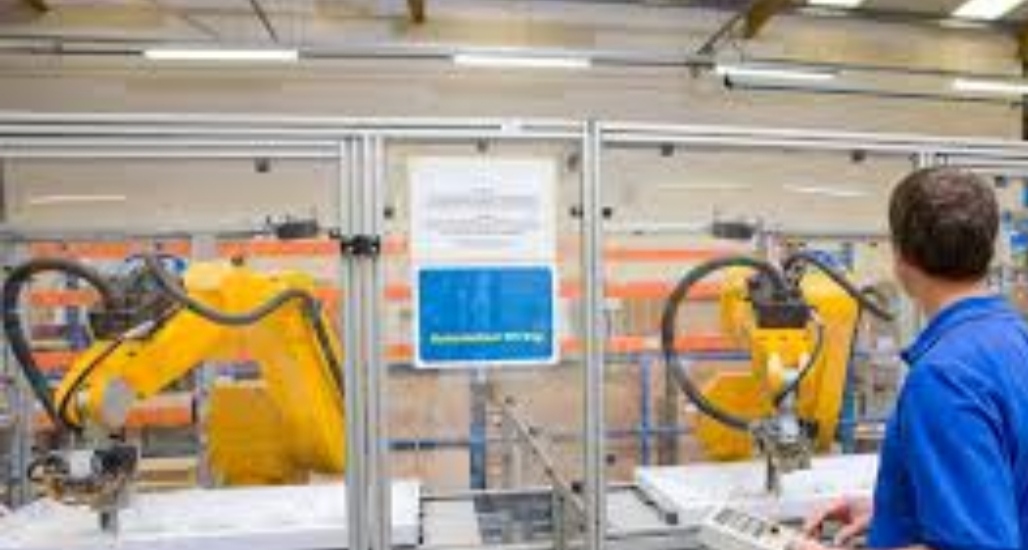Workers displaced by automation are easily identified, while new jobs that are created indirectly from technology are less visible and spread across different sectors and geographies. We model some potential sources of new labor demand that may spur job creation to 2030, even net of automation.
For the first three trends, we model only a trendline scenario based on current spending and investment trends observed across countries.
Rising incomes and consumption, especially in emerging economies
We have previously estimated that global consumption could grow by $23 trillion between 2015 and 2030, and most of this will come from the consuming classes in emerging economies. The effects of these new consumers will be felt not just in the countries where the income is generated but also in economies that export to these countries. Globally, we estimate that 250 million to 280 million new jobs could be created from the impact of rising incomes on consumer goods alone, with up to an additional 50 million to 85 million jobs generated from higher health and education spending
Aging populations
By 2030, there will be at least 300 million more people aged 65 years and older than there were in 2014. As people age, their spending patterns shift, with a pronounced increase in spending on healthcare and other personal services. This will create significant new demand for a range of occupations, including doctors, nurses, and health technicians but also home-health aides, personal-care aides, and nursing assistants in many countries. Globally, we estimate that healthcare and related jobs from aging could grow by 50 million to 85 million by 2030.
Development and deployment of technology
Jobs related to developing and deploying new technologies may also grow. Overall spending on technology could increase by more than 50 percent between 2015 and 2030. About half would be on information-technology services. The number of people employed in these occupations is small compared to those in healthcare or construction, but they are high-wage occupations. By 2030, we estimate that this trend could create 20 million to 50 million jobs globally.
For the next three trends, we model both a trendline scenario and a step-up scenario that assumes additional investments in some areas, based on explicit choices by governments, business leaders, and individuals to create additional jobs.
Investments in infrastructure and buildings
Infrastructure and buildings are two areas of historic underspending that may create significant additional labor demand if action is taken to bridge infrastructure gaps and overcome housing shortages. New demand could be created for up to 80 million jobs in the trendline scenario and, in the event of accelerated investment, up to 200 million more in the step-up scenario. These jobs include architects, engineers, electricians, carpenters, and other skilled tradespeople, as well as construction workers.




